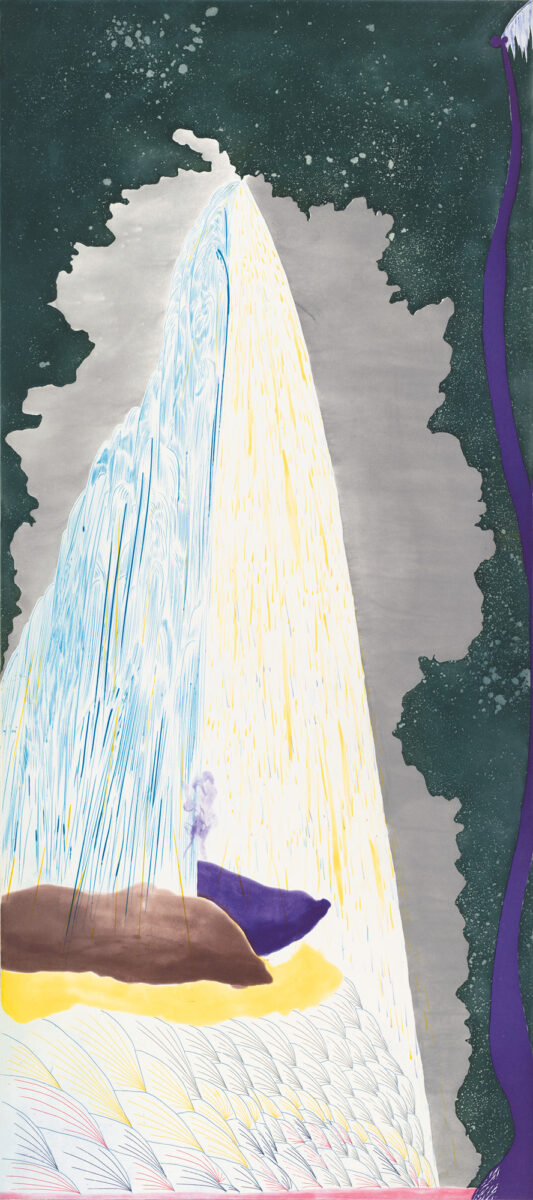
Color spit bite and sugar lift aquatints with hard ground etching and drypoint.
45 x 20"; 54 x 28". 30.
Crown Point Press and Catherine Brooks.
$7,000 InquireInquire

Color spit bite aquatint with aquatint and drypoint.
23½ x 14¾"; 32½ x 22¾". 20.
Crown Point Press and Catherine Brooks.
$4,500 InquireInquire
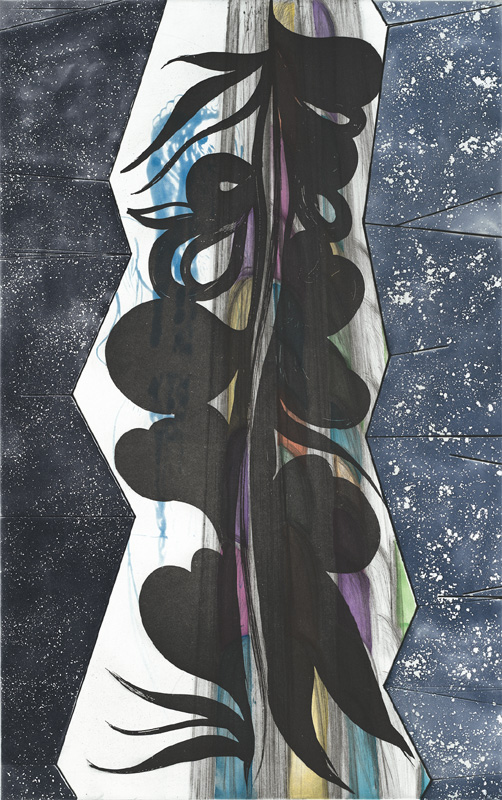
Color spit bite and sugar lift aquatints with drypoint.
23½ x 14¾"; 32½ x 22¾". 20.
Crown Point Press and Catherine Brooks.
$4,000 fair market value Unavailable

Color spit bite aquatint with drypoint, soft ground and hard ground etching.
23½ x 14¾"; 32½ x 22¾". 20.
Crown Point Press and Catherine Brooks.
$4,000 InquireInquire

Color spit bite and sugar lift aquatints with drypoint and soft ground etching.
23½ x 14¾"; 32½ x 22¾". 20.
Crown Point Press and Catherine Brooks.
$4,000 InquireInquire
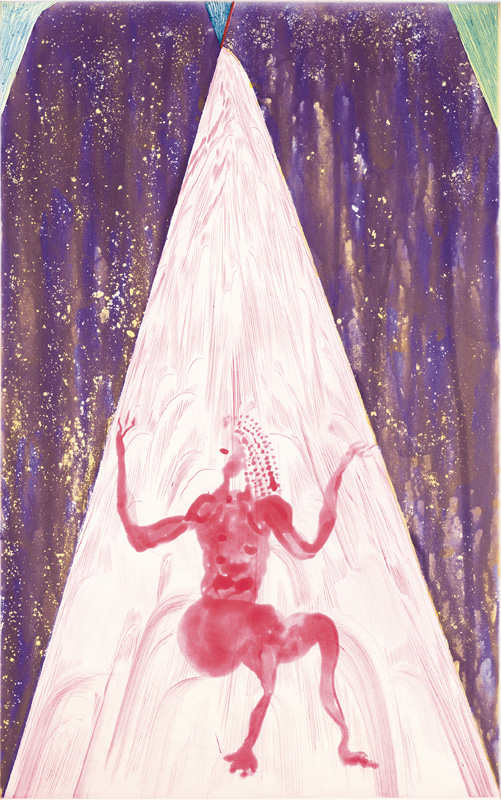
Color spit bite aquatint with drypoint.
23½ x 14¾"; 32½ x 22¾". 20.
Crown Point Press and Catherine Brooks.
$4,000 InquireInquire
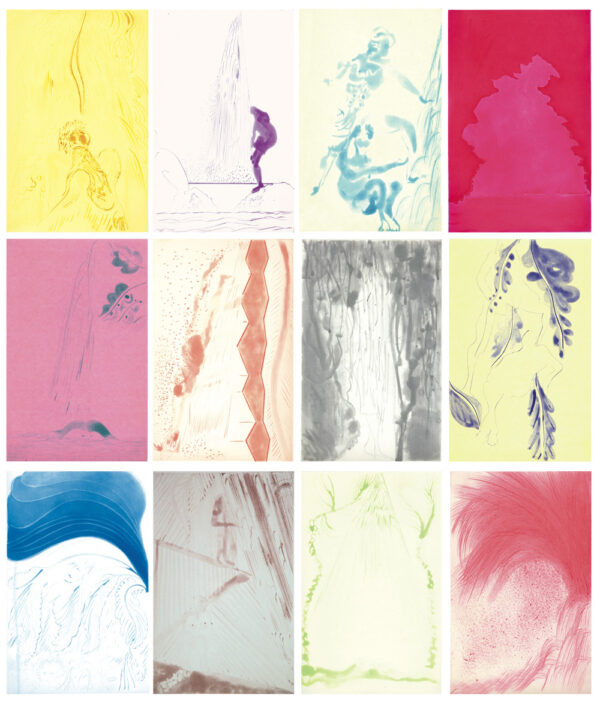
Set of 12 spit bite aquatints with drypoint, each printed in a different color, 10 on gampi paper chine collé.
11 x 7"; 20 x 15". 10.
Crown Point Press and Catherine Brooks.
$28,000 InquireInquire

Spit bite aquatint with drypoint printed in blue on gampi paper chine collé.
11 x 7"; 20 x 15". 10.
Crown Point Press and Catherine Brooks.
$2,500 fair market value Unavailable

Color spit bite aquatint with drypoint printed in brown on blue gampi paper chine collé.
11 x 7"; 20 x 15". 10.
Crown Point Press and Catherine Brooks.
$2,500 InquireInquire
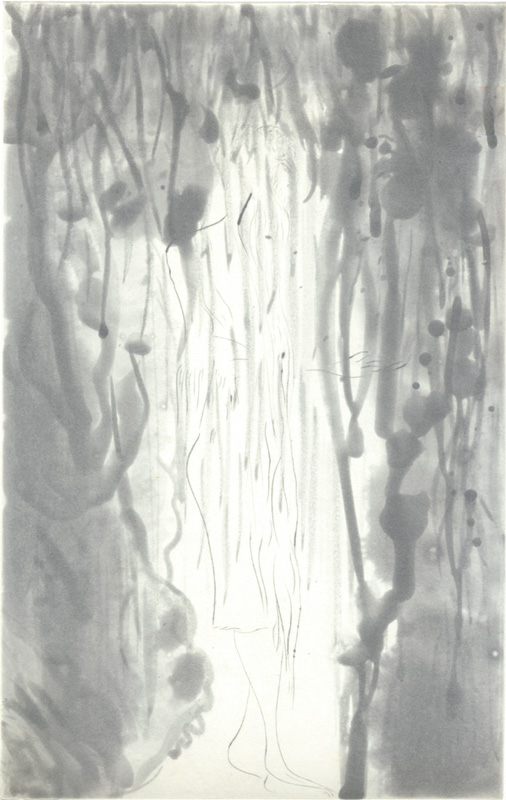
Spit bite aquatint with drypoint printed in graphite on blue gampi paper chine collé.
11 x 7"; 20 x 15". 10.
Crown Point Press and Catherine Brooks.
$2,500 InquireInquire
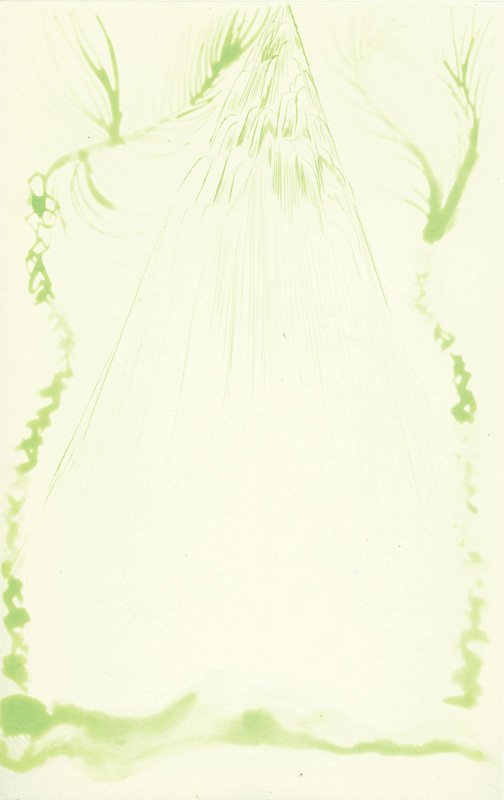
Color spit bite aquatint with drypoint on gampi paper chine collé.
11 x 7"; 20 x 15". 10.
Crown Point Press and Catherine Brooks.
$2,500 InquireInquire
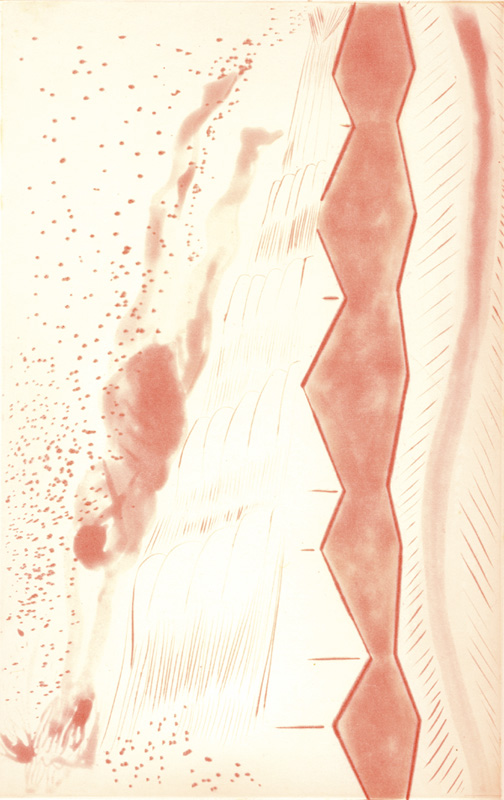
Spit bite aquatint with drypoint printed in orange on blue gampi paper chine collé.
11 x 7"; 20 x 15". 10.
Crown Point Press and Catherine Brooks.
$2,500 InquireInquire
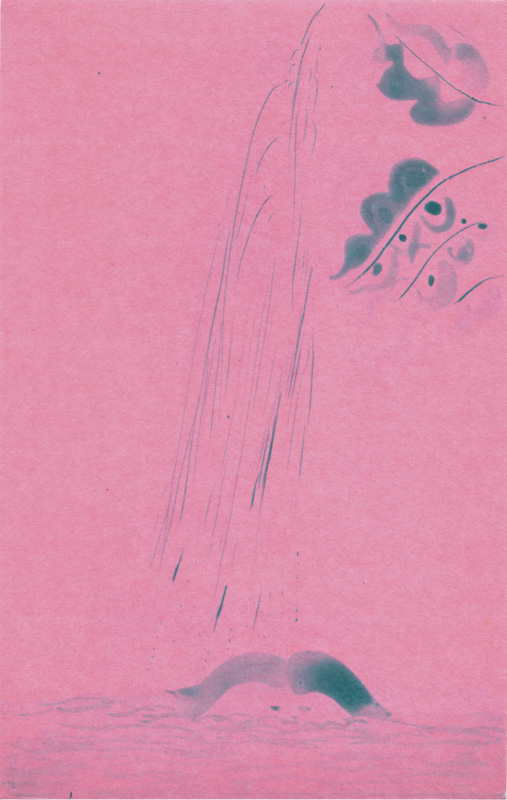
Spit bite aquatint with drypoint printed in green on pink gampi paper chine collé.
11 x 7"; 20 x 15". 10.
Crown Point Press and Catherine Brooks.
$2,500 InquireInquire

Drypoint printed in red on gampi paper chine collé.
11 x 7"; 20 x 15". 10.
Crown Point Press and Catherine Brooks.
$2,500 fair market value Unavailable

Spit bite aquatint with drypoint printed in blue on yellow gampi paper chine collé.
11 x 7"; 20 x 15". 10.
Crown Point Press and Catherine Brooks.
$2,500 fair market value Unavailable

Spit bite aquatint with flat bite etching and drypoint printed in red.
11 x 7"; 20 x 15". 10.
Crown Point Press and Catherine Brooks.
$2,500 fair market value Unavailable
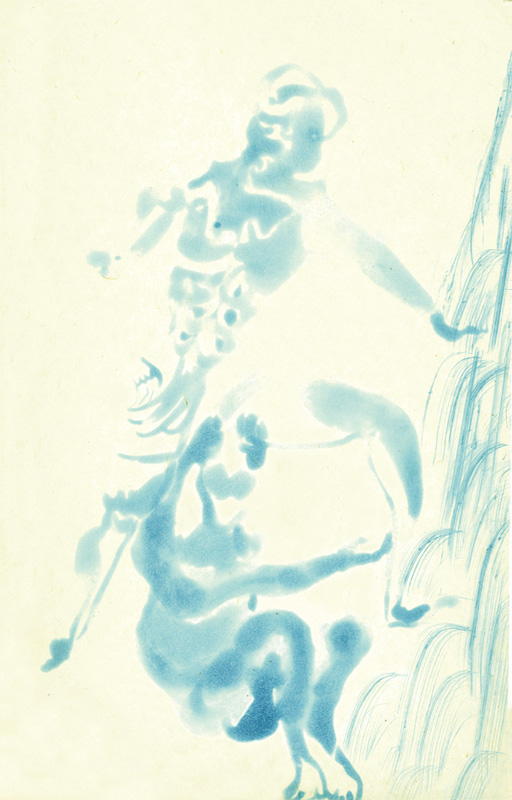
Spit bite aquatint with drypoint printed in blue on gampi paper chine collé.
11 x 7"; 20 x 15". 10.
Crown Point Press and Catherine Brooks.
$2,500 fair market value Unavailable
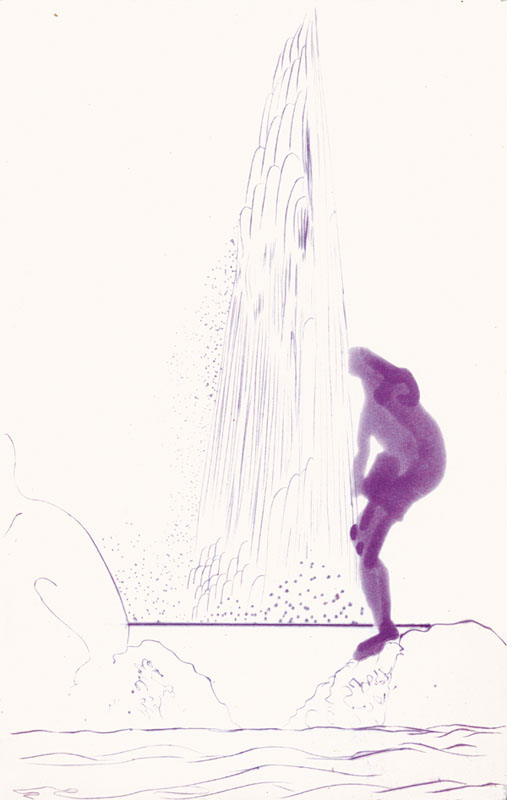
Spit bite aquatint with drypoint printed in purple on gampi paper chine collé.
11 x 7"; 20 x 15". 10.
Crown Point Press and Catherine Brooks.
$2,500 InquireInquire
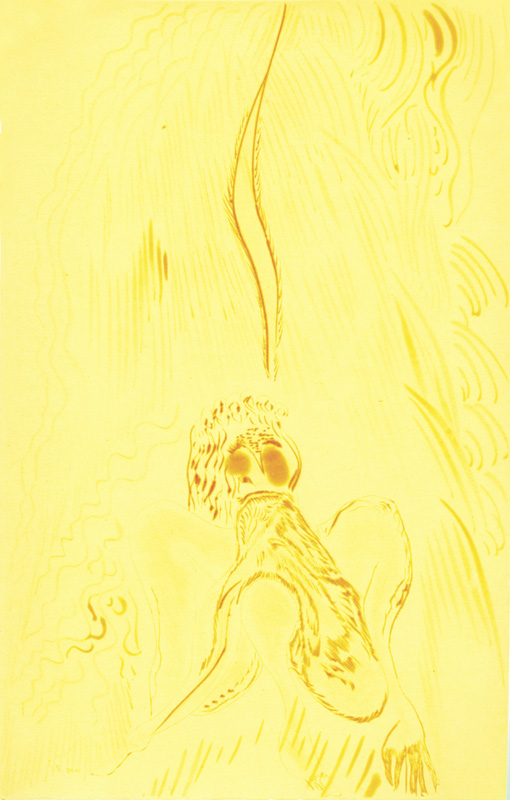
Spit bite aquatint with drypoint printed in orange on yellow gampi paper chine collé.
11 x 7"; 20 x 15". 10.
Crown Point Press and Catherine Brooks.
$2,500 InquireInquire
